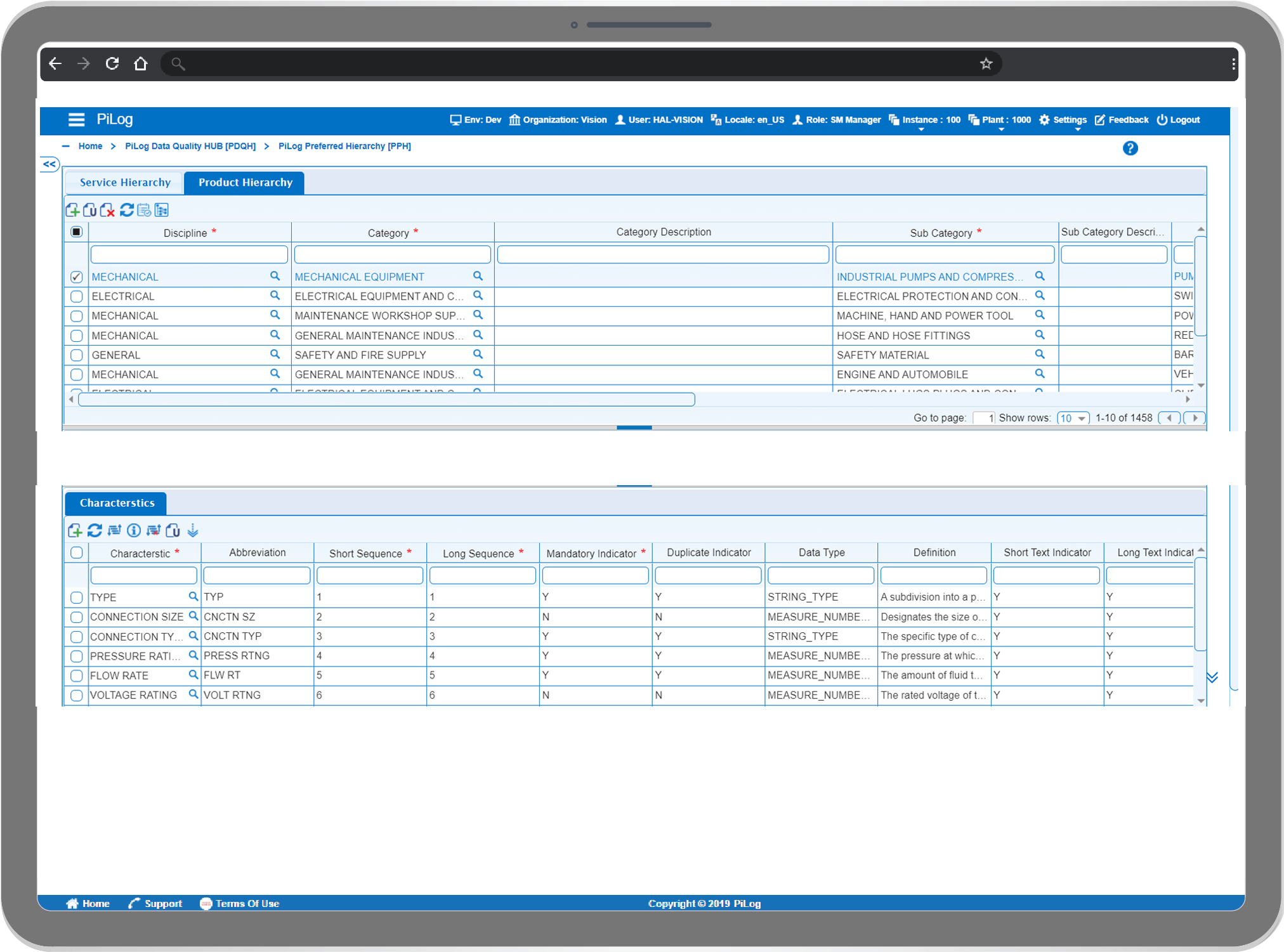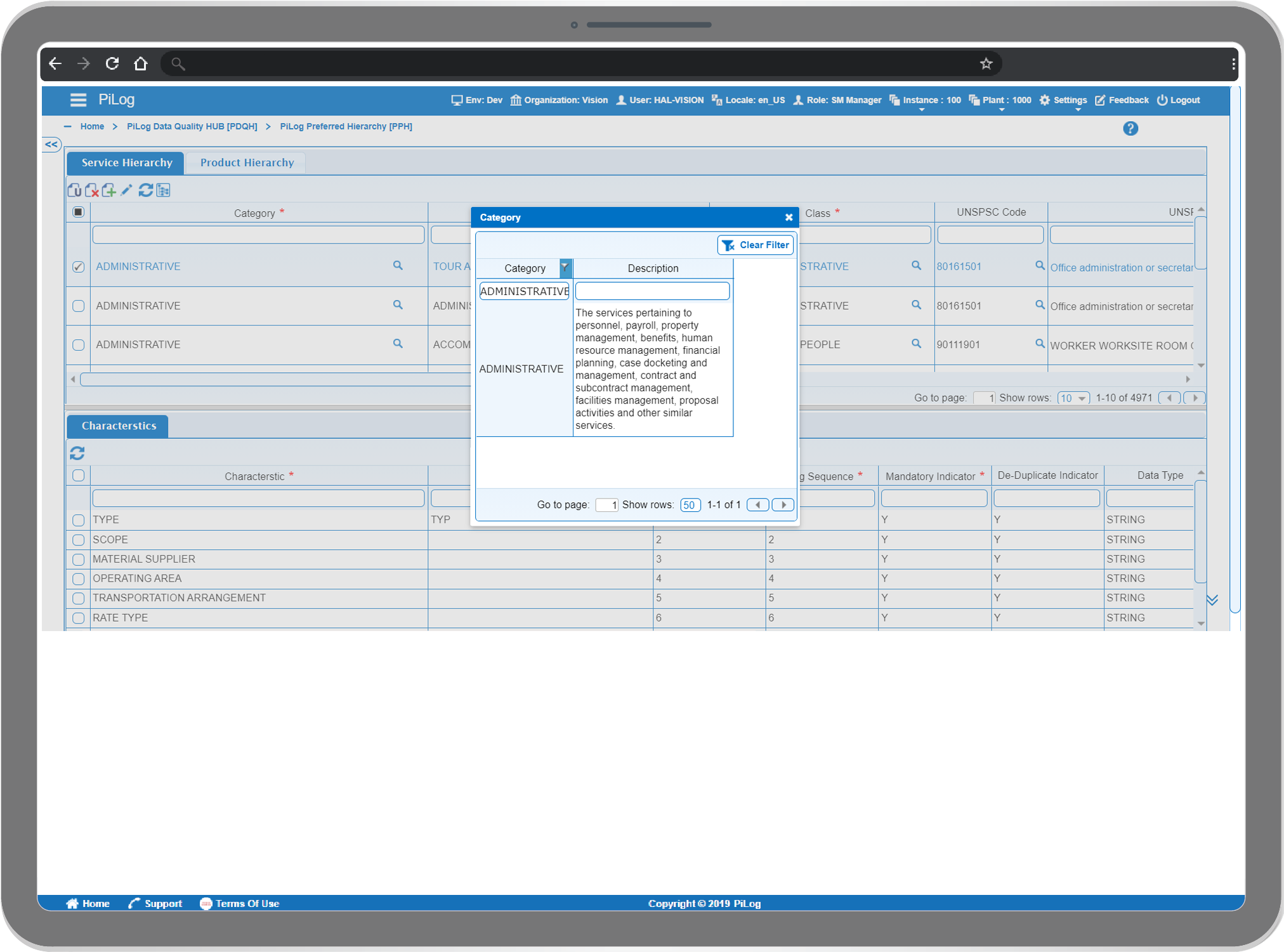Mapped with Taxonomies to determine Business and Economic activities
PPH is the combination of business activities which are the categories and the universal or the standards that are classified by the standard bodies, so it is the combination of both.
This is used to determine the business activities, economic activities, and any of the spend categories, spend analysis, sourcing of the information as well as classifying the information for local bodies as well as global bodies or standard bodies.
In this case, PPH is the combination of categories, sub-categories which are the business activities that any organization performs be it for products or services aligned or mapped with the classifications such as UNSPSC and ISIC. It is also mapped with taxonomy for describing those activities.


PiLog Preferred Hierarchy is classified into 2 types:
SPH is the classification of a product into its essential components. The hierarchy of the products stretches from basic fundamental needs to specific items that satiate the particular needs. It comprises of Categories, Sub-Categories, Commodities and each commodity is grouped with product classes. It also comprises of the classifications such as UNSPSC and ISIC. The product classes are linked with characteristics, values, and UoMs
The Service hierarchical classification is based on a tree structure where each set of its detailed categories comprises of sub-categories, and each sub-category is linked to the service classes. All the service classes are assigned with a low level of UNSPSC codes and ISIC Classification. Service classes are linked with characteristics, values, and UoMs
